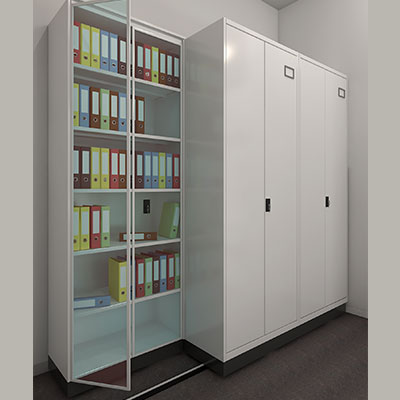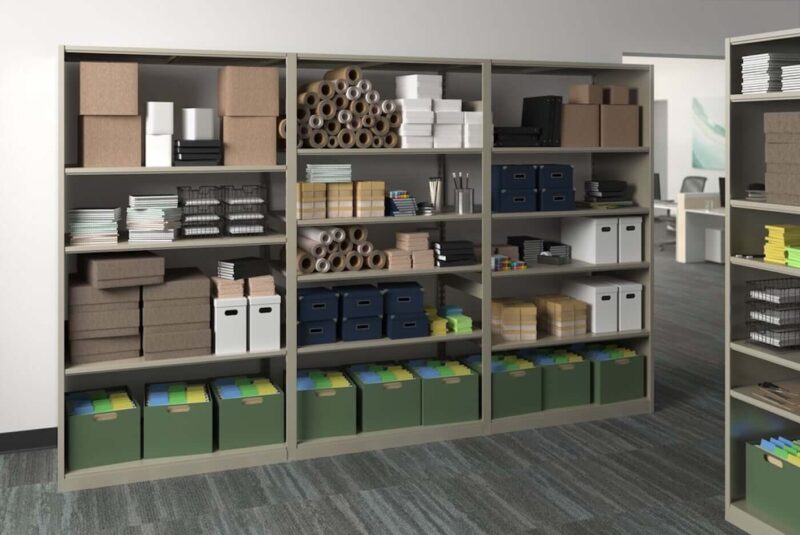Long term office records need storage that protects documents for years while staying easy to retrieve. Without a clear system, paper ages poorly, and staff waste time searching or re filing critical files.
A smart storage setup balances preservation, compliance, and day to day practicality. The goal is to keep records safe from damage and loss, but also organized enough that anyone can find what they need quickly.
Plan a storage system before you buy supplies

Start by sorting records into simple categories such as legal, financial, HR, contracts, and project archives. Then decide which files must be kept permanently, which have a retention period, and which can be digitized and destroyed later.
Once you know what you are storing, estimate volume for the next three to five years. This prevents buying shelves or cabinets that fill up immediately or investing in a layout that cannot scale.
Create a consistent labeling rule using year, department, and file type, and apply it to every folder and box. Color coding can help for large archives, but the written label must still be clear and standardized.
Choose containers that match the weight and sensitivity of paper, and avoid thin cardboard that bows or absorbs moisture. For bulk archives, a strong filing storage box click here, is useful because it supports stacking and protects files from dust and light.
Finally, write a short index that explains where each category lives and how labels work. Keep a printed copy in the archive and a digital version for quick reference.
Use the right furniture and environment for preservation

Records last longest in a stable environment, so avoid rooms with heat swings, direct sun, or damp walls. Basements and attics are risky because they invite humidity, pests, and flooding.
Metal shelving is often better than wood because it does not warp and is less attractive to insects. Shelves should keep boxes off the floor, with a small gap for air flow and cleaning access.
Vertical filing cabinets work well for active records, while horizontal shelving suits long term boxes. If space is tight, consider mobile shelving or high density units, but only if the floor load is safe.
Protect documents from moisture using silica packs or dehumidifiers when needed. Also keep archive areas clean, because dust and mold grow quickly in neglected corners.
For very important originals, use acid free folders or archival sleeves. This is especially relevant for certificates, deeds, historic contracts, or documents that cannot be replaced.
Make retrieval simple and keep control over retention

A storage system fails if nobody can find anything later, so build retrieval into the design. Use a location code on every box, such as Shelf B Row 2 Box 14, and record it in your index.
Keep a checkout log for files leaving the archive, even if it is a simple spreadsheet. It should note who took the file, the date, and when it was returned.
Retention control is equally important, because storing everything forever increases cost and risk. Review retention rules yearly, and schedule small disposal cycles so archives stay current.
Digitizing older records can reduce space and allow faster search, but scan quality and file naming must follow the same logic as physical storage. Always confirm legal requirements before destroying originals.
Train staff on the system and recheck compliance occasionally. A five minute refresher saves hours of confusion and prevents expensive mistakes.
Conclusion
Long term record storage works best when you plan categories, volume, labels, and locations before investing in furniture. With stable conditions and a clear index, archives stay protected, easy to retrieve, and compliant for years.

